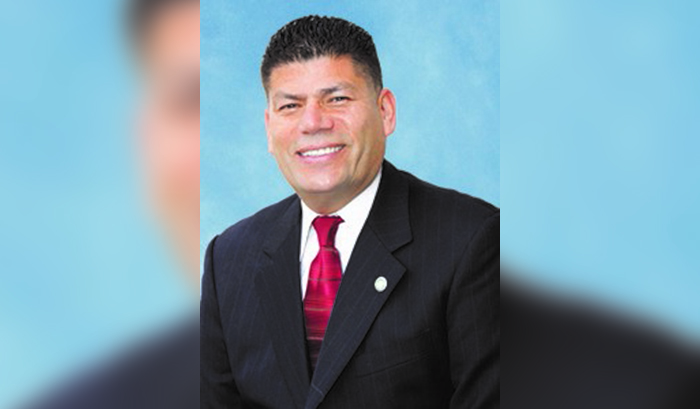It remains debatable whether the immediate vision for the final large patch of undeveloped Downtown property is any less foggy on the sunny morning after last night’s City Council meeting.
If you were drawing a picture of what five Councilmen and a light turnout of a half-dozen speakers foresee for Parcel B, in front of The Culver Hotel, it would be a study in gray-shaded abstractions.
Nevertheless, the senior Councilman, Scott Malsin, offered a conciliatory view.
“There was a consensus,” he said, “in that everybody is interested in moving forward” with a once-vibrant project that suddenly dropped dead in mud-splattered waters 2½ years ago when the recession struck.
Parcel B has been growing whiskers and lying fallow ever since it vanished from the screen of public interest in the summer of ‘08.
“I expect our staff soon will be following two tracks simultaneously,” Mr. Malsin said. “One is to set up a plan for public input on what is going to be happening there. The other is to create Requests for Proposals (formalized legal documents) that we can offer the property to the development community so we can understand what the private sector can bring for us.”
Mr. Malsin’s statement about outreach to developers and solicitation of public opinion marked a significant reversal of attitude from the dais from several years ago.
What Are You Thinking?
Of even greater note, the Councilman was echoing what Sol Blumenfeld, the Community Development Director, had said earlier in the evening. Before delving into any of City Hall’s visions for the precious prime property, Mr. Blumenfeld, in opening his summary of intentions, declared that it was crucial to invite the community, individually and collectively, into the shaping process.
But what does Mr. Malsin think should be done with Parcel B?
“My philosophy generally is that the most important thing to do is to find out what is possible. The art of the possible is the most important thing. I would like to find out what the developers may be able to bring to us.
“That way it is a most competitive process because we will be able to consider proposals that build on the strength of any particular team. Whether it is the type of businesses that would be located in the development, whether it is the design itself, whether it is the financial strength of the team, the way we are going to get the absolute best opportunity for the community is by allowing the private sector to come to us, which is best.
Silbiger Legacy
“At that point, we will have a better opportunity to shape the proposals that are brought to us in a way that will be the best for the city.”
What is Mr. Malsin’s vision for the parking lot of Trader Joe’s?
“Let me use as an example what we did on the west side with the Washington-Centinela development when we put out requests-for-proposals that invited the most creativity, we got the broadest range of proposals. The one we selected was one I don’t think we ever would have imagined had been possible.
“That is because when you rely on the strength of the private sector…I am sure we will be surprised by some great proposals.
“If we overdefine what we are looking for, we will limit ourselves, and we will not get as good of a project or a proposal.”
When the question of a time-frame arose, Mr. Malsin said that requests-for-proposals should be sent out within 60 to 90 days.
Meanwhile, retired City Councilman Gary Silbiger and his stoutly loyal legion of supporters can take pride in his leading legacy: Once unpopular, an accelerated public role in all projects virtually has become institutionalized.






